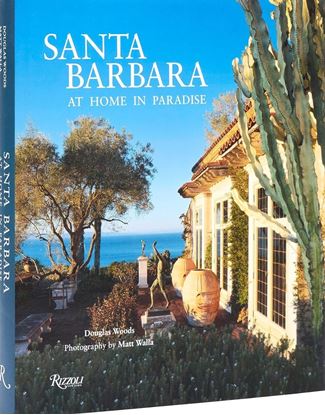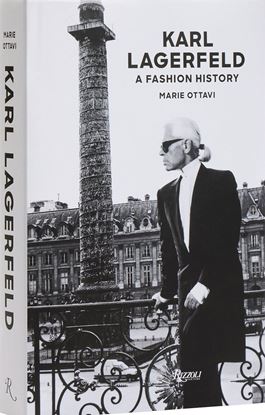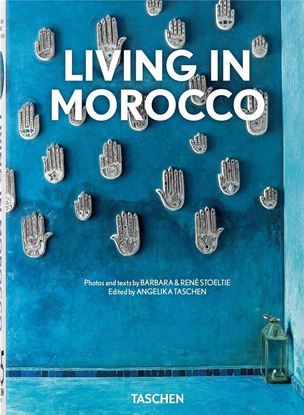

UNIPOL TOWER. GROUP HEADQUARTERS MILAN
A new tower stands out against the city skyline: the Unipol Tower designed by Mario Cucinella Architects, an internationally renowned architecture studio based in Milan and Bologna. The Unipol Tower is a 124-meter elliptical tower in the Porta Nuova area, in the heart of the city. Made from glass and steel, it has a glasshouse on the rooftop serving as a cultural venue. Commissioned by Unipol, the leading Italian insurance company, the tower looks beyond the corporate identity and headquarters of Unipol and has been acclaimed as one of the most advanced architecture projects ever created.
4,995
3,996
SANTA BARBARA. AT HOME IN PARADISE
With new photographs of houses steeped in the period revival tradition, from 1838 to today, not since Rizzoli’s Santa Barbara Style (2001) has a book so eloquently captured the distinctive splendor of this seaside paradise.
Known worldwide for the Santa Barbara style, the town epitomizes a type of building at once elegant and suffused with poetry. At its heart is the historic downtown, featuring white-washed Mediterranean-style stucco buildings with tile roofs and the iconic Santa Barbara Mission of 1786, whose austere beauty set the tone for all that followed. From its earliest days, the influence of this place has been felt and has since radiated across the sunbelt; it continues to be a model of emulation and inspiration. But it is the houses and the dream of living in Santa Barbara and its sister communities of Ojai, Carpinteria, Summerland, Goleta, and Montecito that casts the most profound spell.
3,700
2,960
THE NEW ROMANTIC GARDEN
Over her thirty-year career, celebrated designer Jo Thompson has become recognised for her timeless planting, well-proportioned, English-style gardens rendered modern by a staunch commitment to biodiversity to the eye this translates as a looser formality than English gardens of the past, though every bit as romantic.
2,995
2,396
KARL LAGERFELD. A FASHION HISTORY
Ottavi enjoyed a rare degree of open and candid access to Lagerfeld in his later years, and this biography offers an unparalleled look into the iconic designer’s complex personality and wide-ranging creativity. Lagerfeld himself wanted this to be a frank, honest, serious account that would be an invaluable resource for fashion lovers and admirers of his incomparable legacy. Unlike other recent books, this intimate portrait deftly reveals his true inner nature in his own words.
3,200
2,560
MEDITERRANEAN HOMES
Schestowitz is a strong believer that a home should create a sense of belonging and togetherness. Growing up, she developed an appreciation for harmonizing diverse styles, placing a modern stainless steel island by an old dining area, an African dresser next to an Eames chair. Schestowitz is not a follower of design guidelines; she believes in an intuitive harmony of space, color, and light. The spaces she creates are infused with travel collectibles, art acquisitions, family pieces, and historical patterns. The rich palettes and bold patterns create spaces that feel naturally inviting and intimate, a result of her long-standing exploration of Mediterranean style.
4,700
3,760
LIVING IN MOROCCO. 45TH ED.
Though it lies just across the Mediterranean from Europe, barely a stone’s throw from Spain’s southernmost tip, Morocco couldn’t possibly be farther away.With its mountainous and desert landscapes, labyrinthine souks, delectable cuisine, exquisite rugs and textiles, vibrant mosaics, fragrant odors, mesmerizing music, and welcoming people, Morocco is a most alluring and tantalizingly exotic destination. Digging a little deeper into the myth of Morocco, Barbara and René Stoeltie bring us this eclectic selection of homes to demonstrate all that is most wonderful about the Moroccan style: from tiled, turquoise swimming pools and lavish gardens to carved wooden furniture and jade-colored marble fountains.With more than 500 pages featuring stunning, inspiring photographs, flipping through these fairy tale-like visions of exotic havens (ideally while sipping a steaming cup of sweet, fragrant mint tea) will instantly whisk you away.
2,200
1,840













